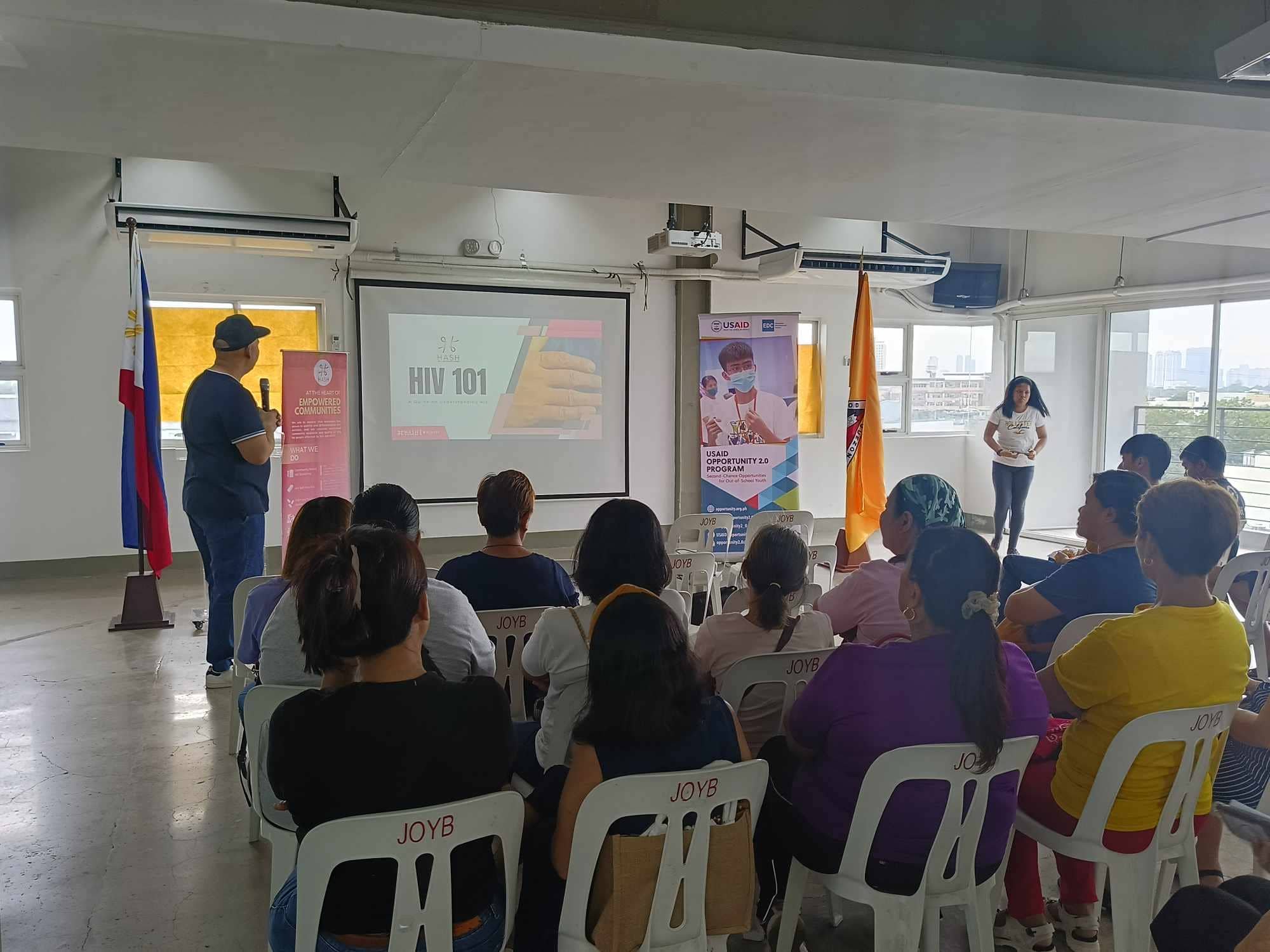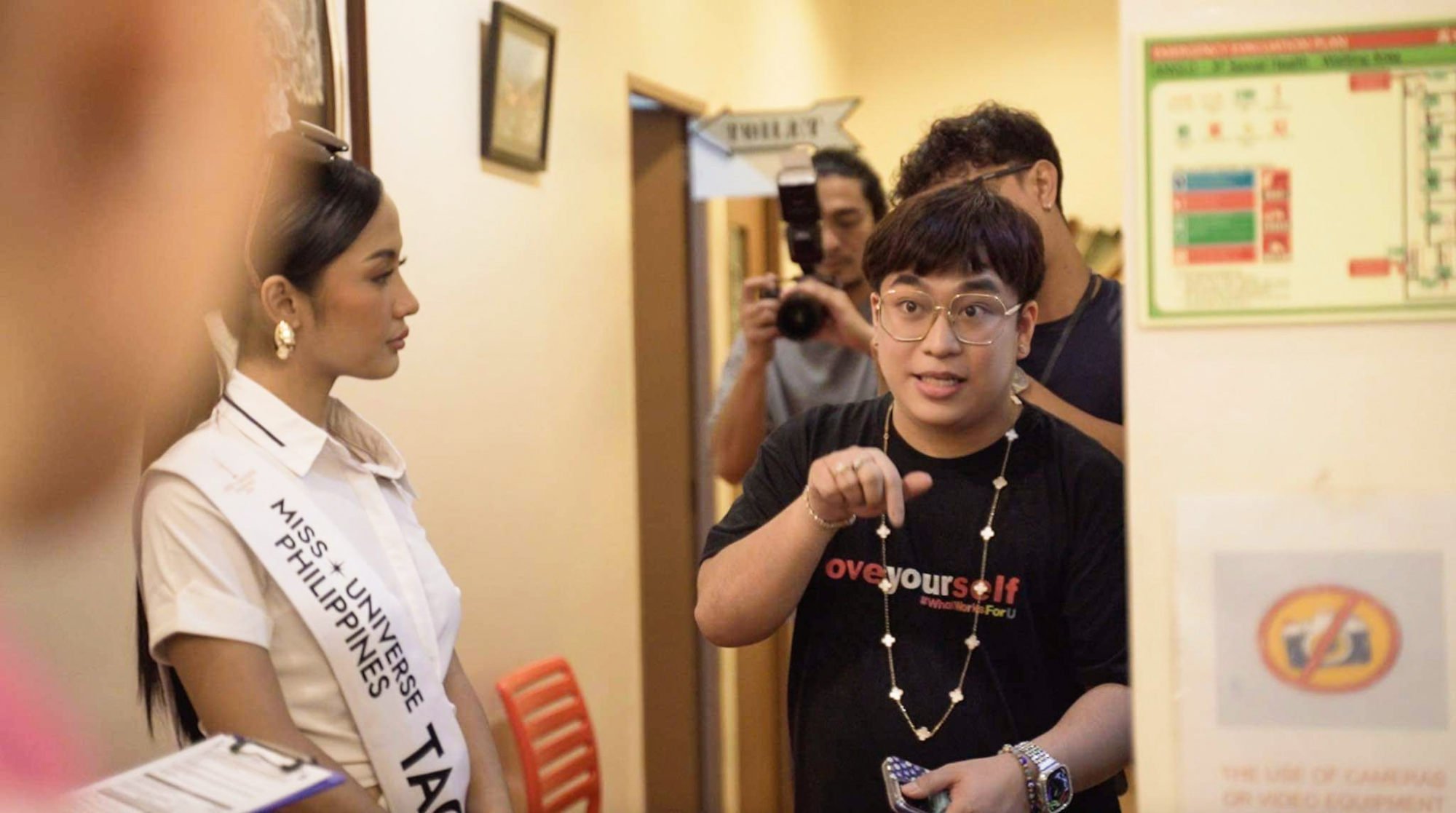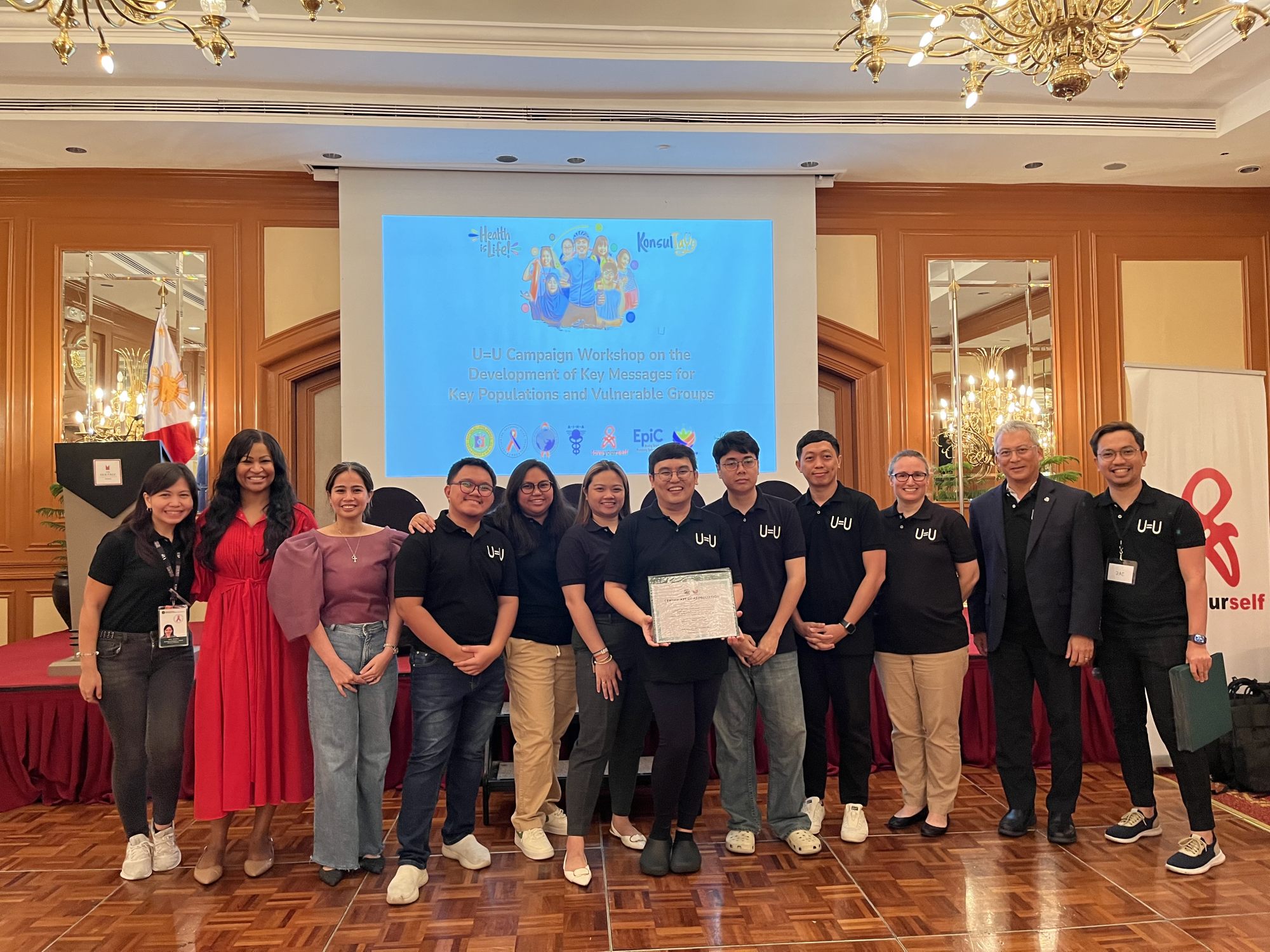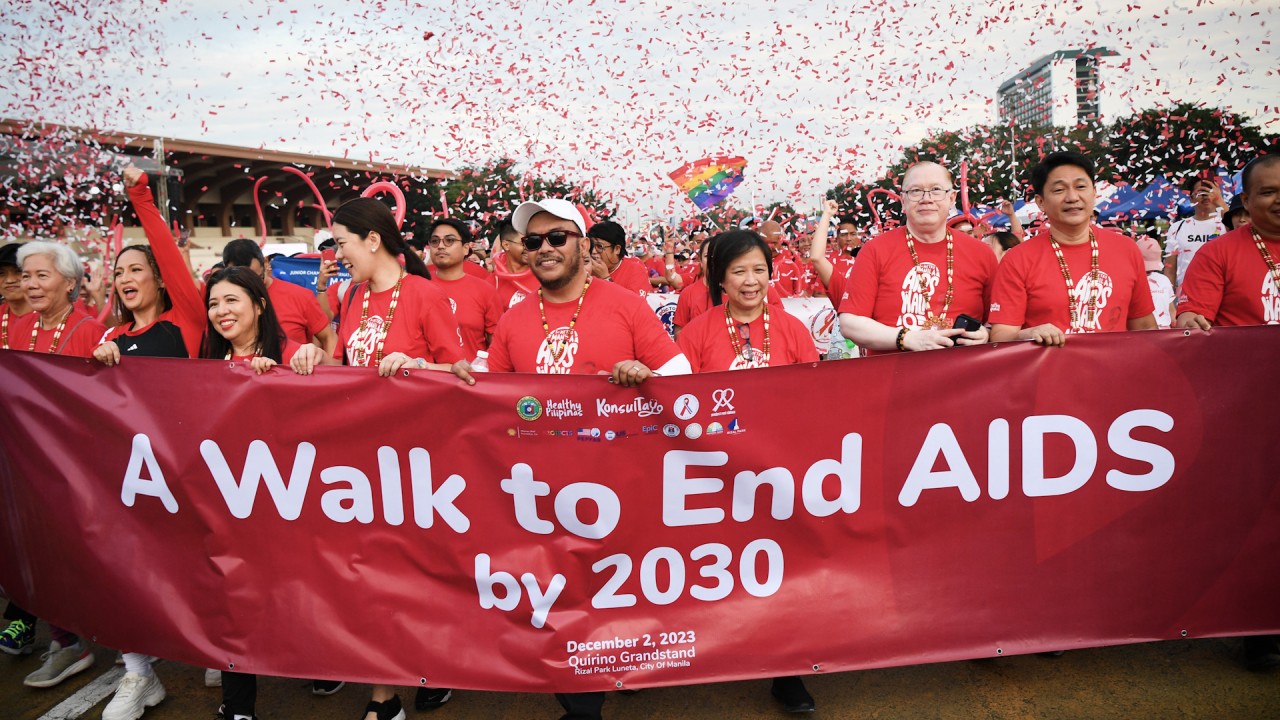
Philippines’ alarming HIV surge ‘highest in the world’, with youth hit hard
- Young people are driving the surge in new cases, say health officials, amid efforts to reduce stigma, improve outreach and testing options
For Chris*, a 25-year-old university student in Manila, it began with an unusual rash on his chest. “At first I thought it was just a rash from a soap my mum bought me,” he told This Week in Asia.
Days later, he would frequently feel fatigued, and suffer from fever and chills at night. When a dermatologist ruled out allergies as the cause of his skin rash, the doctor suggested that he get tested for the human immunodeficiency virus (HIV).
The Department of Health, in a press conference last month, said it had logged more than 3,000 new cases with 82 deaths as of March this year. A third of cases were aged 15 to 24 and 46 per cent were 25 to 34, it said.

The agency estimates that nearly 130,000 people live with HIV in the Philippines, which is still low for a country with a 110 million population, according to Health Secretary Teodoro Herbosa.
“It’s the new cases that are really high, 55 new cases a day. We are the highest in the world,” Herbosa told reporters on May 22, adding that younger people were driving the surge.
HIV remains incurable. Only 64 per cent of those with HIV are on antiretroviral therapy, which helps lower their viral load until it is undetectable, enabling them to live longer and normal lives.
According to the latest available data from the UN programme UNAIDS, about 6.5 million people live with HIV in the Asia-Pacific. The region accounted for 23 per cent of new HIV infections globally in 2022, with 26 per cent of cases aged 15 to 24.
While total HIV infections across the region declined by 14 per cent from 2010 to 2022, the Philippines reported a 237 per cent spike in annual cases from 2010 to 2020, making it the country with the fastest-growing caseload in the Asia-Pacific.
‘Significant strides’
Civil society groups such as the volunteer networks that run community HIV clinics across the Philippines believe the increase in reported cases also reflects a rise in the number of people who are willing to get tested.
“While our reach needs to intensify further, data shows that we are, in fact, reaching young people with high-risk behaviours. If we do this more consistently, we should be able to diagnose more, enrol more into treatment, and educate more,” said Desi Andrew Ching, executive director of the HIV and Aids Support House (HASH), a non-profit organisation offering free HIV testing, as well as prevention and treatment programmes, since 2014.
“For HASH, we have been consistently increasing testing access for those aged 15 to 24. In 2023, 42 per cent of those who got tested were between ages 15 and 24, while reactive cases in that age group were at 36.4 per cent. For the record, 25-34 constituted 49.5 per cent of all reactive cases in HASH,” Ching said.
While the Department of Health offers free testing services through its treatment hubs, volunteer clinics have been essential in providing safe spaces for at-risk individuals, particularly members of the LGBTQ community.
Dr Ronivin Pagtakhan, founder of LoveYourself, a community work of LGBTQ-friendly HIV clinics, said the stigma surrounding HIV was high when he founded the clinic in 2011, and people avoided getting tested for fear of discrimination.
“Today, while stigma still exists, we have made significant strides in providing more testing options,” Pagtakhan said.
These options include self-testing, outreach programmes, and combination prevention strategies that have made testing more accessible and less intimidating.

Ching and Pagtakhan have both observed an increase in the number of younger people entering their clinics’ doors to get tested.
“This demographic is increasingly aware of the importance of knowing their status and seeking early treatment,” Pagtakhan said.
Yet more work needs to be done in ensuring access to information and treatment is even across the board, advocates say.
A 2021 study by the University of the Philippines’ Population Institute showed that over a third of Filipinos aged 15 to 24 did not believe that condoms helped reduce the risk of contracting HIV.
The number of young Filipinos who had heard of HIV and the associated acquired immunodeficiency syndrome (Aids), the most advanced stage of the illness, had fallen to 76 per cent – the lowest in 30 years, the 2021 study found.
Data from the Department of Health’s epidemiology bureau earlier this year also showed that only 27 per cent of Filipinos were aware of social hygiene clinics, and just 11 per cent were aware of pre-exposure prophylaxis, which helps prevent at-risk individuals from contracting HIV.
Inadequate health services in rural areas can also contribute to late diagnosis and limited access to preventive measures before HIV infections progress into full-blown illnesses, according to Pagtakhan.
He said the government needs to ensure a steady and equitable supply of medication and preventive measures such as condoms and lubricants, as well as pre-exposure and post-exposure prophylaxis, to support all communities.
“Emphasising combination prevention strategies that integrate behavioural, biomedical, and structural interventions will be key to curbing the rise in HIV cases,” Pagtakhan said.

Like the rest of Asia, barriers such as societal stigma and the lack of comprehensive sex education contribute to the rising trend in HIV cases, as they can deter individuals from getting tested and seeking treatment.
For Jason*, 25, the fear of being judged has encouraged him to find comfort with online strangers who have tested positive.
“I appreciate being anonymous. Using Reddit is like having a safe space. People are sharing their experiences in life that I can sometimes relate to,” Jason said.
Although he stays active and is learning to live with HIV, he has not told his family and friends.
“When we hear the word ‘HIV’, most people will think that you will die soon, that you’re a filthy person, something like that. And I’m afraid that my family will get hurt or will feel the pain that I felt when I found out I was positive,” he told This Week in Asia.
“It comforts me knowing that there are a lot of people who are still living a normal life, and enjoying life even though they’re living with HIV.”
*Name changed at interviewee’s request to protect identity


